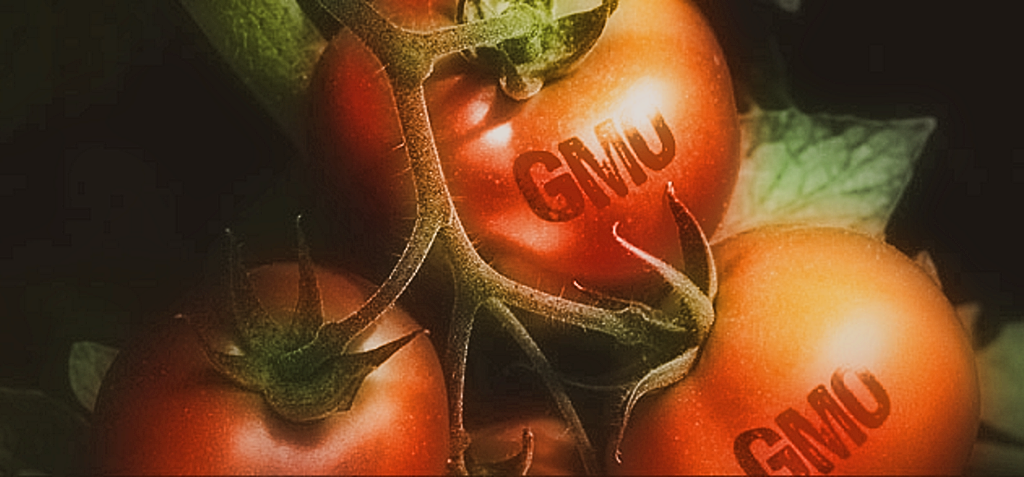
Is our food system really that bad?
I guess that depends on what you think a food system is, and what it should do.
The agricultural systems in the US and Canada are extremely efficient at producing food. If fact, they produce an excess of food, even when exports are considered.
The food distribution systems within the US and Canada are efficient in delivering food to retailers except in geographically remote areas. Retailers efficiently sell food to consumers with means.
Consumers in geographically remote areas, such as the far north in Canada, and those without means struggle. The mechanisms for getting surplus food to needy people are not efficient. Food banks rely on donations and don’t always have enough to meet demand. The food that is donated doesn’t always represent the full spectrum of what is needed for a healthy diet.
Food Banks Canada conducts a survey in March each year called the Hunger Count. In March 2018, food banks were accessed 1.1 million times in that month. Nearly 60% of those using food banks rely on social assistance or disability payments as the primary source of income. One in six users is employed but not earning enough to cover the costs of food. Over one third of the people depending on food banks for sustenance are children.
These statistics fill me with shame because there is no justification for people to be going hungry in Canada. There is simply no political will to deal with the problem.
Update for 2023:
The past five years caused increased food insecurity across the country reputedly because of “supply chain problems” associated with the COVID-19 pandemic.
In March 2023, there were almost 2 million visits to food banks across Canada, representing a 32 per cent increase compared to March 2022, and a 78.5 per cent increase compared to March 2019, which is the highest year-over-year increase in usage ever reported.
HungerCount 2023, Food Banks Canada
Some of the supply chain issues were to be expected and can be accepted as foreseeable consequences of the huge disruptions caused by the pandemic. Many of these issues were largely resolved by 2021 and yet here we are, more than two years later, still dealing with “supply chain problems” that are used to justify scarcity and massive price inflation for food.
It’s galling that, in the face of food insecurity and shrinkflation affecting everyone in the country, Canadian grocery chain corporations are enjoying higher profits, as discussed in the federal government’s Competition Bureau Report released in June 2023.
We saw Canada’s largest grocers’ food gross margins generally increase by a modest yet meaningful amount over the last five years. This longer-term trend pre-dates the supply chain disruptions faced during the pandemic and the current inflationary period.
Competition Bureau Retail Grocery Market Study Report, Government of Canada, June 27, 2023
In the following 4 minute video produced by the CBC, the CEOs of Canada’s largest grocery chains defend profit-taking by stating that profit margins have remained relatively flat at about 4%:
What this attempt at justification does not account for is the fact that vertical integration within the grocery industry enables these corporations to reap profits at many levels within the supply chain, resulting in a compounding effect that is not adequately reflected by “modest” growth in margins.
Apart from concerns about the health effects of the Standard North American Diet, food security continues to be a significant and growing issue in North America, so I continue to say, yes, our food system rates a failing grade.















